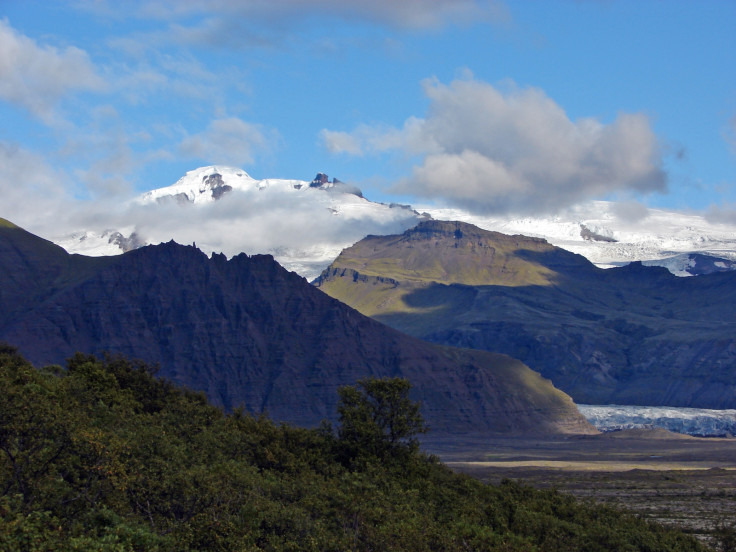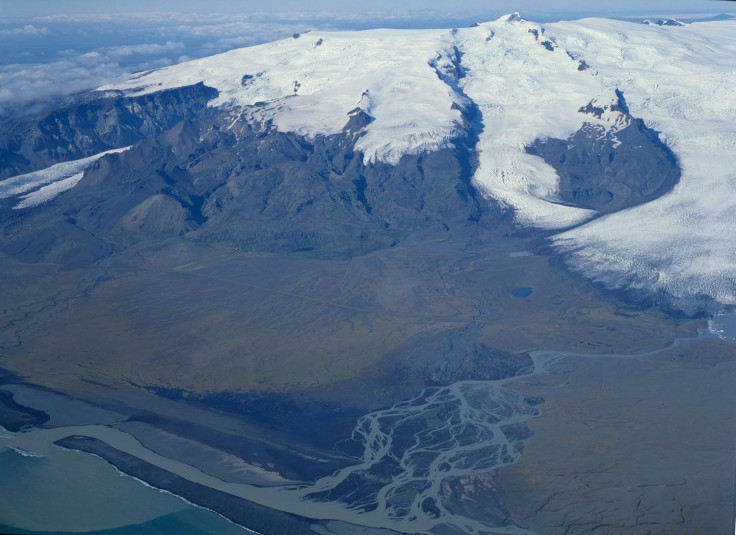Öræfajökull is shaking things up: 160 earthquakes recorded near Iceland's largest volcano in past week
A snow hole in the volcano's caldera has been deepening by almost 18 inches each day.

One of the world's largest active volcanoes seems to be shaking things up in Iceland over the past week. According to the country's Meteorological Office (IMO), the region of the Öræfajökull volcano has experienced at least 160 earthquakes, 110 more than the number detected the previous week.
This rise in seismic activity has caused growing concerns among scientists who believe it indicates that the volcano may be preparing to wake up from its centuries-long slumber. Öræfajökull's last eruption took place in 1727, following which it has remained covered in snow, without any external activity.
However, in November, the IMO announced that a "snow hole" has formed in the ice-covered caldera. At the time, the 1km-wide "ice cauldron" was 15-20m deep. As of 3 December, the hole has grown to 22m and continues to deepen by 45cms every day.
Additionally, geothermal water has been slowly released from underneath the cauldron to the river of the Kvíárjökull glacier which flanks Öræfajökull on the south east side. There has been a sulphur smell to this water since the past two weeks.
"Oraefajokull is one of the most dangerous volcanoes in Iceland. It's a volcano for which we need to be very careful," Sara Barsotti, coordinator for Volcanic Hazards at the Icelandic Meteorological Office said, pointing out that despite the research, there are not enough scientific records of the site.
"One of the most dangerous things is to have volcanoes for which we know that there is potential for big eruptions but with not that much historical data."
In light of the elevated activity the IMO has raised the aviation colour code for Öræfajökull to yellow and an emergency evacuation plan has been prepared for the region around.
"We are already worried. If one were to consider what we know from the story, especially around 1727, there were some strong vibrations right before the eruption," Ármann Höskuldsson, volcanologist at the Faculty of Earth Sciences at the University of Iceland said. "There is now a likelihood that we will receive some vibrations... but do not forget that with such mountains, it can take them up to 20 years to wake up."























